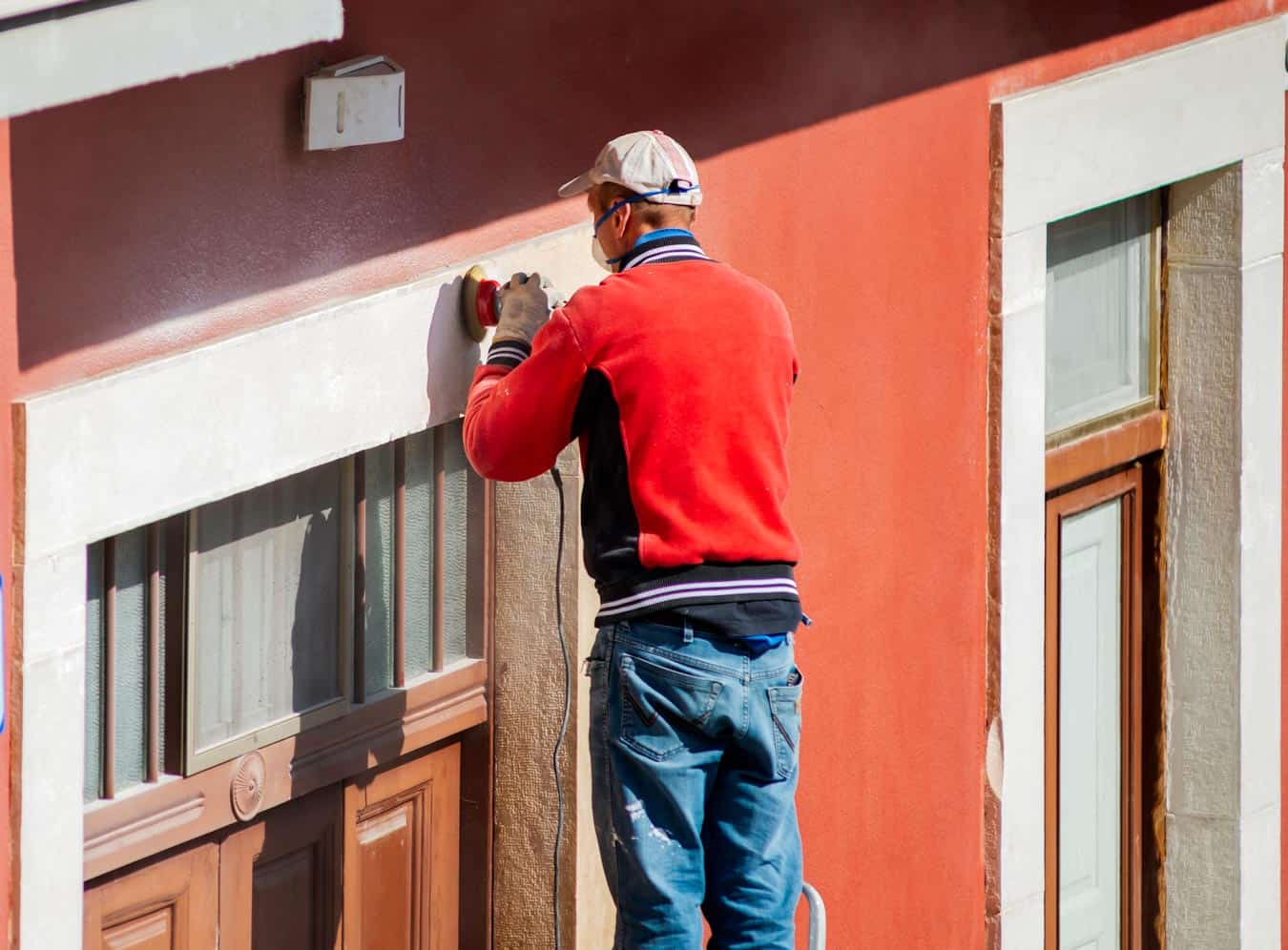

Articles
How To Clean Exterior Walls
Modified: October 27, 2024
Learn effective techniques and methods for cleaning exterior walls in this informative articles. From removing stains to restoring the original shine, find expert tips to revitalize your home's appearance.
(Many of the links in this article redirect to a specific reviewed product. Your purchase of these products through affiliate links helps to generate commission for Storables.com, at no extra cost. Learn more)
Introduction
Keeping the exterior walls of your home clean is not only important for aesthetics but also for the maintenance and longevity of your property. Over time, dirt, dust, mold, and mildew can accumulate on the walls, causing them to look dull and unattractive. Additionally, these contaminants can slowly deteriorate the surface of the walls, leading to potential structural issues if left untreated.
Fortunately, with the right tools and techniques, cleaning your exterior walls can be a relatively simple and satisfying task. In this article, we will guide you through the step-by-step process of cleaning your exterior walls effectively and efficiently.
Before diving into the cleaning methods, let’s first take a look at the materials you will need for the task. Being prepared will make the process smoother and ensure that you have everything you need to achieve a thorough clean.
Key Takeaways:
- Prioritize safety, start from the bottom, and consider regular cleaning to maintain the appearance and longevity of your exterior walls. Whether pressure washing, scrubbing, or using a chemical cleaner, thorough and successful cleaning is achievable.
- Gather the necessary materials, clear the area, and protect surrounding surfaces before embarking on the exterior wall cleaning process. With proper preparation and the right techniques, you can restore the beauty of your home’s exterior.
Read more: How To Waterproof Exterior Walls
Materials Needed
To clean your exterior walls, you will need the following materials:
- Pressure washer or garden hose
- Stiff-bristle brush or scrubbing brush
- Bucket
- Biodegradable detergent or cleaning solution
- Garden sprayer (optional)
- Protective eyewear
- Gloves
- Ladder or scaffolding (if necessary)
- Plastic sheeting or drop cloths (for protecting plants and surroundings)
These materials will help you effectively clean your exterior walls and ensure a safe and efficient cleaning process. If you don’t already have these items, you can easily find them at your local hardware or home improvement store.
Now that you have gathered all the necessary materials, let’s move on to the preparation phase before you begin cleaning your exterior walls.
Preparation
Before you start cleaning your exterior walls, it’s important to take some preparatory steps to ensure a smooth and efficient cleaning process. Here are the key preparation steps:
- Clear the area: Remove any furniture, plants, or objects that may obstruct the cleaning process. This will give you unrestricted access to the walls and prevent any unnecessary damage to your belongings.
- Protect surrounding areas: Cover nearby plants, furniture, and surfaces with plastic sheeting or drop cloths to shield them from the cleaning solution and prevent any potential damage.
- Check the weather: It’s advisable to choose a day with mild weather conditions for exterior wall cleaning. Avoid cleaning on extremely hot or cold days, as extreme temperatures can affect the effectiveness of the cleaning solution and the safety of the cleaning process.
- Inspect for damages: Before starting the cleaning process, inspect the exterior walls thoroughly for any cracks, loose paint, or structural damage. If you identify any issues, it’s best to address them before proceeding with the cleaning.
- Read manufacturer’s instructions: If you are using a pressure washer or a specific cleaning solution, make sure to read the manufacturer’s instructions carefully. Familiarize yourself with the proper usage and safety precautions for the equipment and products you will be using.
By taking these preparatory steps, you will ensure a hassle-free and safe cleaning process for your exterior walls. Now that you are ready, let’s dive into the different methods you can use to clean your walls effectively.
Cleaning Methods
When it comes to cleaning your exterior walls, there are several methods you can use depending on the level of dirt and the type of material your walls are made of. Below, we will discuss three common methods: pressure washing, scrubbing with a brush, and using a chemical cleaner.
Method 1: Pressure Washing
Pressure washing is an efficient and effective way to clean exterior walls, especially if they have significant dirt, mold, or stains. To use this method:
- Prepare the pressure washer by connecting it to a water source and ensuring it is in good working condition.
- Attach the appropriate nozzle to the pressure washer based on the level of dirt and the type of surface you are cleaning.
- Begin spraying the walls from the bottom and work your way up, using a consistent sweeping motion.
- Pay extra attention to areas with stubborn dirt or stains, applying more pressure if needed, but be cautious not to damage the surface.
- Once you have thoroughly cleaned the exterior walls, rinse them using plain water to remove any remaining detergent or debris.
Read more: How To Frame Exterior Walls
Method 2: Scrubbing with a Brush
If your walls are not heavily soiled or you prefer a more hands-on approach, scrubbing with a brush can be an effective cleaning method. Follow these steps:
- Fill a bucket with a solution of warm water and a biodegradable detergent or cleaning solution.
- Dip a stiff-bristle brush or scrubbing brush into the solution and begin scrubbing the walls in a circular motion.
- Focus on one section at a time, applying more pressure to areas with tougher stains or dirt.
- Continue scrubbing until you have covered the entire surface of the walls.
- Rinse the walls thoroughly with a garden hose or pressure washer to remove any detergent residue.
Method 3: Using a Chemical Cleaner
If you have specific stains or mildew that are resistant to regular cleaning methods, you can use a chemical cleaner to target and remove the stubborn marks. Here’s how:
- Choose a biodegradable chemical cleaner that is suitable for your wall’s material and the type of stain you are dealing with.
- Follow the manufacturer’s instructions for mixing the cleaner with water. Typically, you will dilute the cleaner in a bucket of water.
- Apply the cleaner to the stained areas using a sponge or spraying it onto the walls using a garden sprayer.
- Leave the cleaner on for the recommended amount of time, allowing it to penetrate the stain.
- Scrub the treated areas with a brush to loosen and remove the stain.
- Rinse the walls thoroughly with water to remove any residue from the cleaner.
These cleaning methods are effective for most exterior wall surfaces. However, it’s always important to test a small, inconspicuous area first to ensure that the cleaning method and solution do not damage or discolor the surface. Additionally, always follow safety precautions and guidelines provided by the equipment and cleaning product manufacturers.
Now that you know the different cleaning methods, let’s discuss some important safety precautions to keep in mind while cleaning your exterior walls.
Method 1: Pressure Washing
Pressure washing is an efficient and effective method to clean exterior walls, particularly when there is excessive dirt, mold, or stains. This method utilizes the power of high-pressure water to remove grime and restore the appearance of your walls. Follow these steps to pressure wash your exterior walls:
- Prepare the pressure washer: Ensure that the pressure washer is in good working condition and connect it to a water source. Make sure to use the appropriate nozzle for your wall surface and the level of dirt.
- Clear the area: Remove any objects or furniture near the walls to create a clear workspace.
- Protect nearby plants and surfaces: Cover any delicate plants, windows, or outdoor furniture with plastic sheeting or drop cloths to shield them from the high-pressure water.
- Test the pressure: Before starting, test the pressure washer on a small, inconspicuous area of the wall to ensure that it doesn’t cause any damage or paint peeling.
- Start from the bottom: Begin spraying the walls from the bottom, working your way up in a consistent sweeping motion. This allows the dirt and detergent to flow downward, preventing streaking.
- Maintain an optimal distance: Hold the pressure washer wand about 12 to 18 inches away from the surface and maintain a steady distance throughout the cleaning process.
- Apply detergent: If your walls have stubborn stains or mildew, apply a biodegradable detergent or cleaning solution using the pressure washer. Let it sit for a few minutes to allow the solution to penetrate the dirt.
- Scrub if necessary: For particularly tough stains, you can use a brush attachment on the pressure washer wand to scrub the surface gently.
- Rinse thoroughly: Once you have finished cleaning the walls, switch to the plain water setting and rinse the walls from top to bottom to remove any remaining detergent or debris.
- Dry and inspect: After rinsing, allow the walls to air dry. Once dry, inspect the surface for any missed spots or areas that may require additional cleaning.
Remember to follow all safety precautions outlined by the pressure washer manufacturer, including wearing protective eyewear and gloves. Additionally, be cautious when using high-pressure water near windows, electrical outlets, or delicate surfaces to avoid damage.
By using the pressure washing method, you can effectively remove dirt, grime, and stains from your exterior walls, giving them a fresh and clean appearance.
Next, we’ll discuss another effective cleaning method: scrubbing with a brush.
Method 2: Scrubbing with a Brush
If your exterior walls are not heavily soiled or you prefer a more hands-on approach, scrubbing with a brush can be an effective cleaning method. This method allows you to manually remove dirt, stains, and grime by using a stiff-bristle brush and a cleaning solution. Follow these steps to scrub your exterior walls effectively:
- Prepare the cleaning solution: Mix a biodegradable detergent or cleaning solution with warm water in a bucket. Follow the manufacturer’s instructions for the appropriate dilution ratio.
- Dip the brush into the cleaning solution: Take a stiff-bristle brush or scrubbing brush and dip it into the cleaning solution. Ensure that the bristles are thoroughly saturated.
- Start at the bottom: Begin scrubbing the walls from the bottom, working your way up in a circular motion. This helps prevent streaks and ensures consistent cleaning.
- Apply pressure when necessary: For stubborn stains or areas with accumulated grime, apply extra pressure while scrubbing to loosen and remove the dirt. Be cautious not to damage the wall surface, especially if it is a delicate material.
- Work in sections: Focus on cleaning one section at a time, ensuring that you thoroughly cover the entire surface area. This approach prevents the cleaning solution from drying on the walls before you can rinse it off.
- Rinse the walls: After scrubbing a section, rinse it immediately with a garden hose or a bucket of plain water to wash away the detergent and loosened dirt.
- Continue scrubbing and rinsing: Repeat the process of scrubbing and rinsing until you have cleaned the entire exterior wall surface. Take breaks as necessary to prevent fatigue.
- Inspect for missed spots: Once you have finished cleaning, inspect the walls for any missed spots or areas that require additional cleaning. Touch up those areas using the brush and cleaning solution.
- Allow the walls to air dry: After cleaning, allow the walls to air dry naturally. This will prevent streaking and water spots from forming on the surface.
Scrubbing with a brush is a labor-intensive method but provides excellent control over the cleaning process. It is especially suitable for walls made of brick, stucco, or other textured surfaces. Remember to use the appropriate brush for your wall material, as some surfaces may require a softer brush to avoid scratches.
Next, we’ll explore the third method: using a chemical cleaner to target stubborn stains or mildew.
Read more: How Thick Are Exterior Walls
Method 3: Using a Chemical Cleaner
Using a chemical cleaner can be an effective way to target and remove stubborn stains, mildew, or specific types of dirt from your exterior walls. This method involves applying a specialized cleaning solution to the affected areas and allowing it to penetrate the surface before scrubbing and rinsing. Follow these steps to use a chemical cleaner effectively:
- Select the appropriate cleaner: Choose a biodegradable chemical cleaner that is specifically formulated for your wall material and the type of stains you are dealing with. Read the manufacturer’s instructions and safety precautions before use.
- Mix the cleaner: Dilute the chemical cleaner according to the manufacturer’s instructions. Most cleaners require mixing with water in a specific ratio. Use a bucket to mix the solution thoroughly.
- Apply the cleaner: Using a sponge or a garden sprayer, apply the diluted chemical cleaner to the stained areas of your exterior walls. Ensure that the solution covers the entire affected area.
- Leave the cleaner to work: Give the chemical cleaner sufficient time to penetrate and loosen the stains. Refer to the manufacturer’s instructions for the recommended time, usually a few minutes.
- Scrub the treated areas: After the cleaner has had time to work, use a stiff brush to scrub the treated areas. Apply moderate pressure to dislodge the dirt or stains, but be careful not to damage the surface of the walls.
- Rinse the walls: Rinse the walls thoroughly with water using a garden hose or a pressure washer. Make sure to remove all traces of the chemical cleaner and loosened dirt from the surface.
- Repeat if necessary: For stubborn stains or heavily soiled areas, you may need to repeat the process of applying the chemical cleaner, allowing it to work, and scrubbing again until the desired results are achieved.
- Inspect for any missed spots: Once you have finished cleaning, inspect the walls for any remaining stains or spots. If necessary, spot clean those areas using the chemical cleaner and a brush.
- Allow the walls to dry: After cleaning, allow the walls to air dry naturally. Observe the drying process to ensure that no streaks or residue are left behind.
Using a chemical cleaner can be particularly useful for removing tough stains, graffiti, or deeply embedded dirt. However, remember to follow all safety precautions provided by the manufacturer and wear protective gloves and eyewear when working with chemical cleaners.
Now that you are familiar with the three main cleaning methods for exterior walls, it is essential to prioritize safety as you embark on this cleaning project. We will cover some key safety precautions in the next section.
Use a mixture of mild detergent and water to scrub the exterior walls with a soft-bristled brush or sponge. Rinse with a hose and avoid using high-pressure washers to prevent damage.
Safety Precautions
When cleaning your exterior walls, it is crucial to prioritize safety to prevent accidents and ensure a smooth and problem-free cleaning process. Here are some important safety precautions to keep in mind:
- Protective gear: Wear protective eyewear, gloves, and appropriate clothing to shield yourself from any chemicals, debris, or high-pressure water.
- Ladder safety: If you need to use a ladder to reach higher areas, make sure it is stable and placed on a level surface. Use proper ladder safety techniques and have someone assist you if possible.
- Electrical safety: Be cautious around electrical outlets, light fixtures, or any electrical equipment near the walls. Do not spray water directly at these areas to prevent electrical shock.
- Potential hazards: Be mindful of potential hazards such as loose paint chips, nails, or sharp objects that could cause injury. Remove or secure any hazards before starting the cleaning process.
- Surrounding structures and plants: Take care to protect windows, nearby structures, delicate plants, and outdoor furniture from damage by covering them with plastic sheeting or drop cloths.
- Chemical safety: When using chemical cleaners, read and follow the manufacturer’s instructions carefully. Ensure proper ventilation, and avoid inhalation or contact with your skin or eyes.
- Water pressure: When using a pressure washer, be cautious with the water pressure. High pressure can damage the walls or injure you if not used correctly. Start with a lower pressure setting and gradually increase if necessary.
- Weather conditions: Avoid cleaning your exterior walls on windy days to prevent the cleaning solution from splashing onto unintended areas or into your eyes. Similarly, avoid cleaning during extremely hot or cold weather conditions.
- Children and pets: Keep children and pets away from the cleaning area to avoid any accidents or exposure to cleaning chemicals.
- Read equipment manuals: Familiarize yourself with the operating instructions and safety guidelines of any equipment you will be using, such as pressure washers or chemical sprayers.
By following these safety precautions, you can minimize the risk of accidents or damage and ensure a safe and successful cleaning process for your exterior walls.
Now that you are aware of the safety measures, let’s explore some useful tips and tricks to enhance your cleaning experience and achieve the best results.
Tips and Tricks
Cleaning your exterior walls can be a rewarding task, and with these tips and tricks, you can optimize your cleaning process and achieve excellent results:
- Start from the bottom: Begin your cleaning process from the bottom of the walls and work your way up. This ensures that any drips or streaks from the cleaning solution are washed away as you progress.
- Use gentle, circular motions: When scrubbing or pressure washing, use gentle, circular motions to effectively remove dirt and stains without damaging the wall’s surface.
- Test a small area first: Before proceeding with the full cleaning, it’s always a good idea to test the cleaning method, solution, or equipment on a small, inconspicuous area to ensure compatibility and avoid any potential damage.
- Work in sections: Cleaning your walls in smaller sections allows you to give proper attention to each area, ensuring a thorough clean and preventing the cleaning solution from drying on the surface before rinsing.
- Double-check for missed spots: After cleaning, carefully inspect the walls for any missed spots or lingering stains. Touch up these areas as necessary to achieve a uniform and spotless finish.
- Maintain regular cleaning: Regularly cleaning your exterior walls can help prevent the buildup of dirt and grime, making each subsequent cleaning session easier and more effective.
- Consider a protective sealant: After cleaning, you may want to apply a protective sealant to your exterior walls to help prevent future staining and make future cleanings more efficient.
- Avoid harsh chemicals: While using chemical cleaners can be effective, be mindful of the impact they may have on the environment and the surfaces you are cleaning. Opt for biodegradable and environmentally-friendly products whenever possible.
- Consult professionals if needed: If you’re unsure about the cleaning process or are dealing with delicate or complex wall surfaces, it’s wise to consult professionals who specialize in exterior wall cleaning for guidance.
- Maintain safety precautions: Always prioritize your safety by wearing appropriate protective gear, using equipment correctly, and being mindful of potential hazards throughout the cleaning process.
By applying these tips and tricks, you can maximize the effectiveness of your cleaning efforts, prolong the lifespan of your exterior walls, and keep them looking their best for years to come.
Now that you are equipped with the knowledge and techniques for cleaning your exterior walls, let’s conclude our article.
Conclusion
Keeping your exterior walls clean is essential not only for the aesthetics of your home but also for its maintenance and longevity. With the right materials and cleaning methods, you can easily restore the appearance of your walls and protect them from potential damage caused by dirt, mold, and stains.
In this article, we discussed three main cleaning methods: pressure washing, scrubbing with a brush, and using a chemical cleaner. Pressure washing is ideal for removing heavy dirt and grime, while scrubbing with a brush allows for a more hands-on and controlled approach. Using a chemical cleaner is effective for targeting specific stains or mildew that might be resistant to regular cleaning methods.
Before beginning the cleaning process, it’s important to take proper preparations, such as clearing the area, protecting nearby surfaces and plants, checking for damages, and reading manufacturer instructions. Additionally, we emphasized the importance of practicing safety precautions throughout the cleaning process to ensure your well-being and avoid accidents.
We also provided some helpful tips and tricks, such as starting from the bottom, using gentle circular motions, working in sections, and regularly cleaning your walls to maintain their appearance. Remember to test cleaning methods and solutions on a small area before proceeding with the entire wall surface, and consult professionals if needed.
By incorporating these tips and putting the proper techniques into practice, you can achieve a thorough and successful exterior wall cleaning. Whether you choose to pressure wash, scrub with a brush, or use a chemical cleaner, your efforts will result in clean, visually appealing walls that enhance the overall beauty and value of your home.
Now it’s time to roll up your sleeves, gather your cleaning supplies, and give your exterior walls the refreshing makeover they deserve!
Frequently Asked Questions about How To Clean Exterior Walls
Was this page helpful?
At Storables.com, we guarantee accurate and reliable information. Our content, validated by Expert Board Contributors, is crafted following stringent Editorial Policies. We're committed to providing you with well-researched, expert-backed insights for all your informational needs.
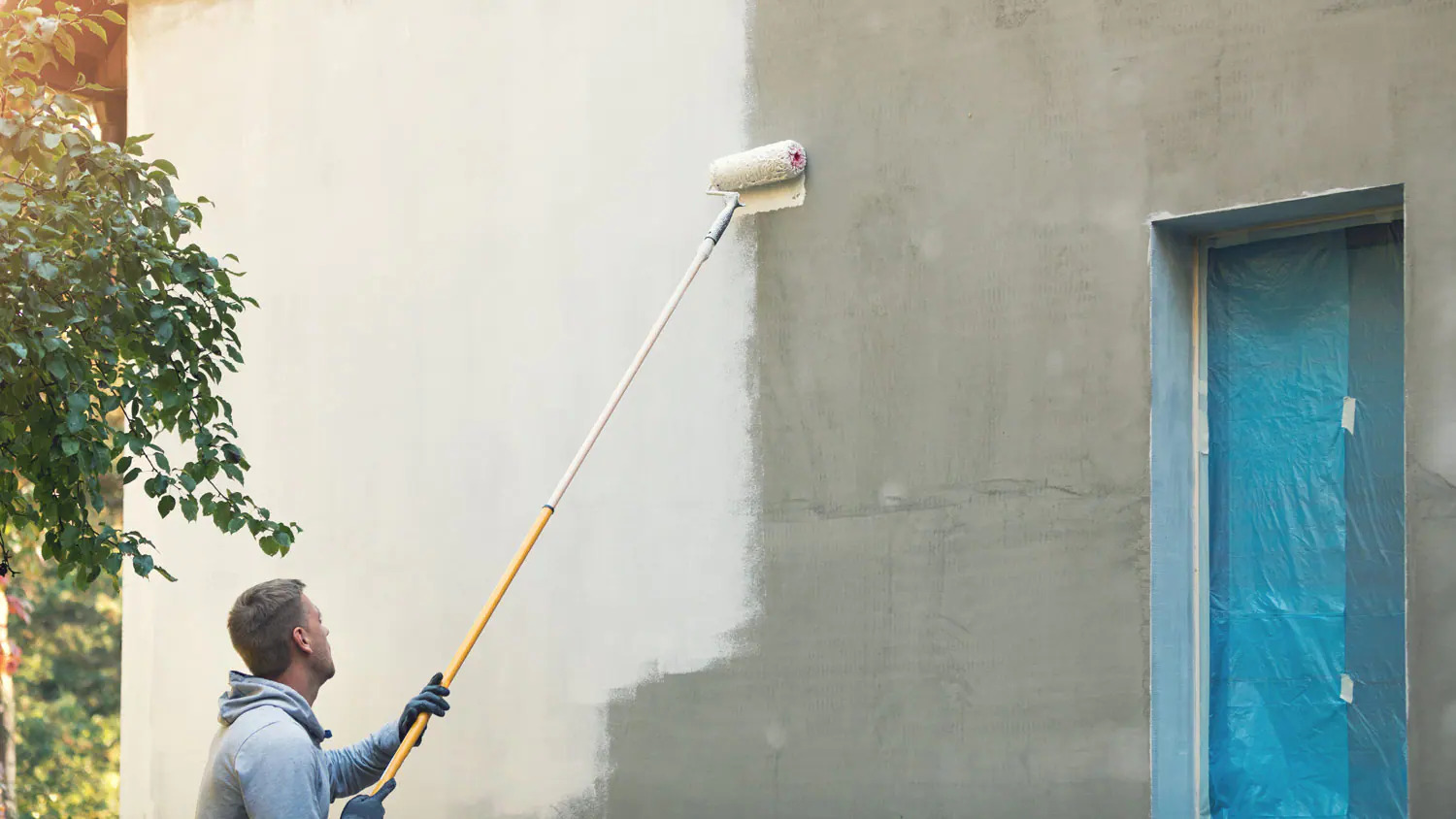
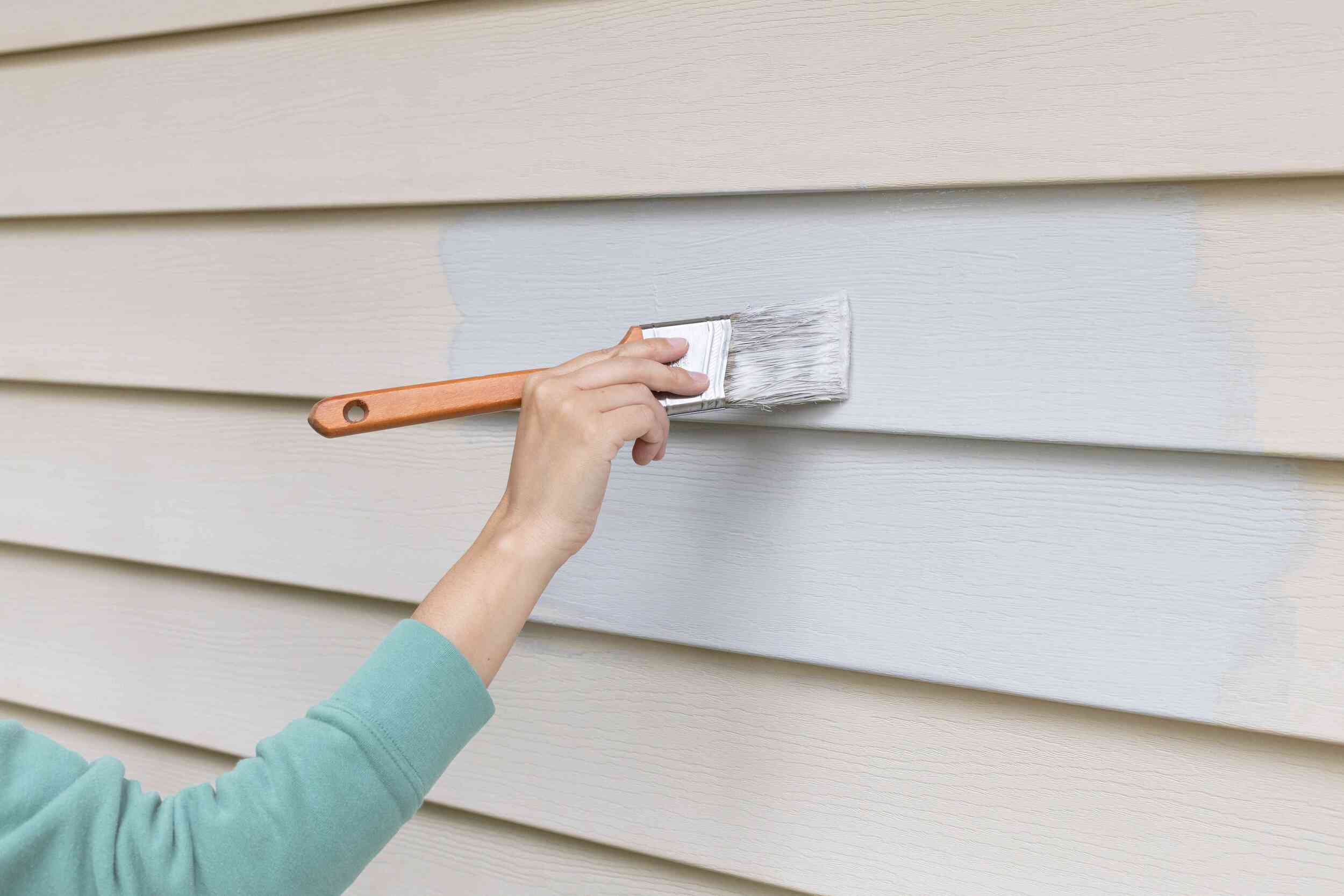
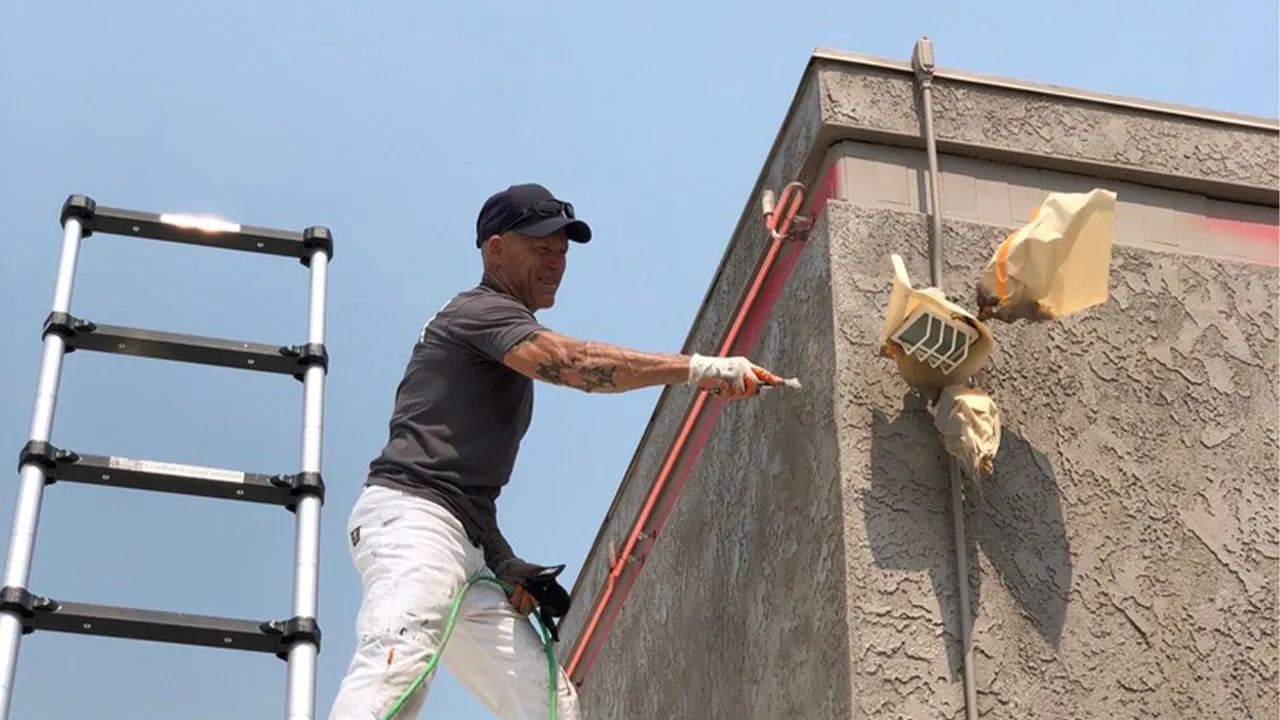
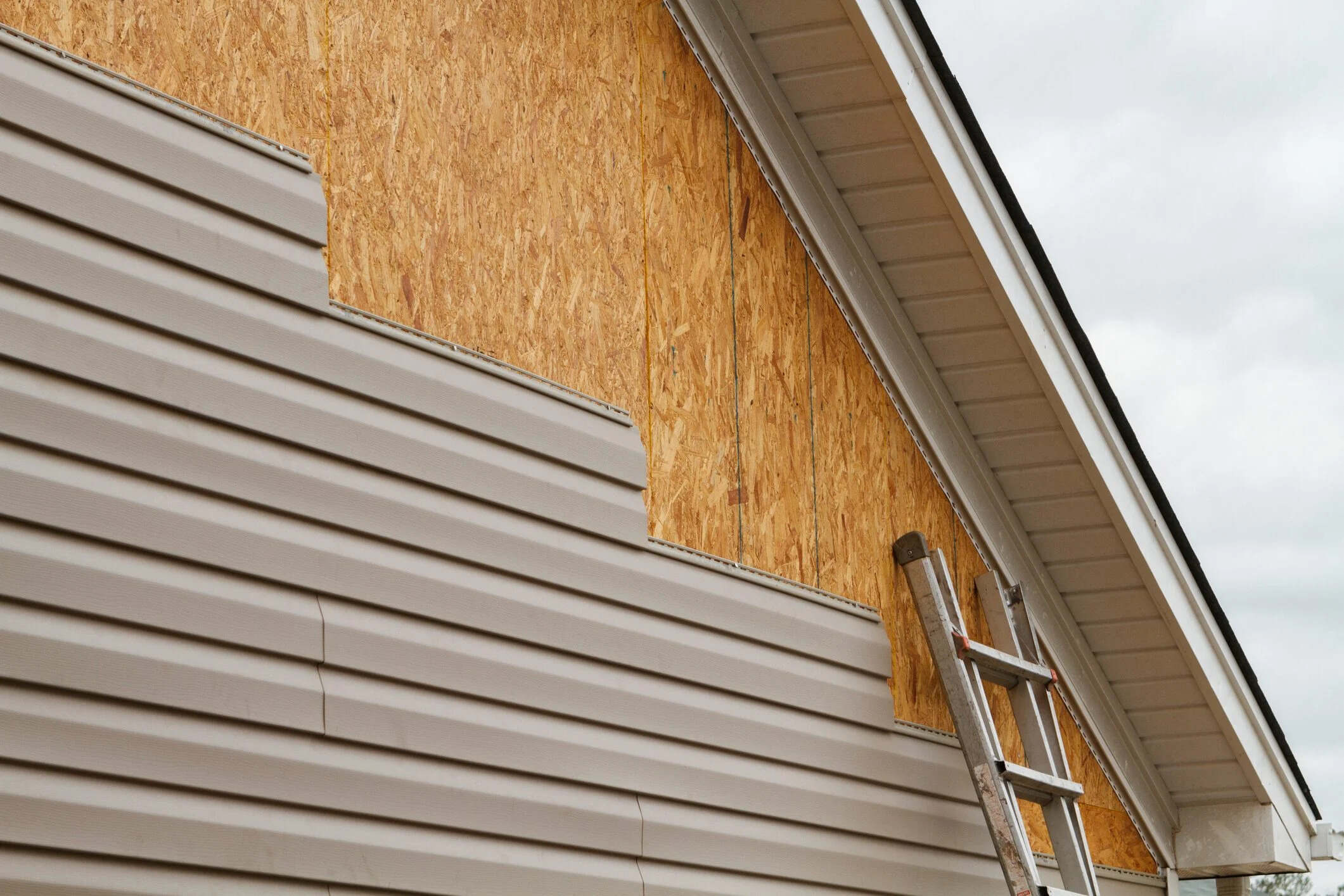
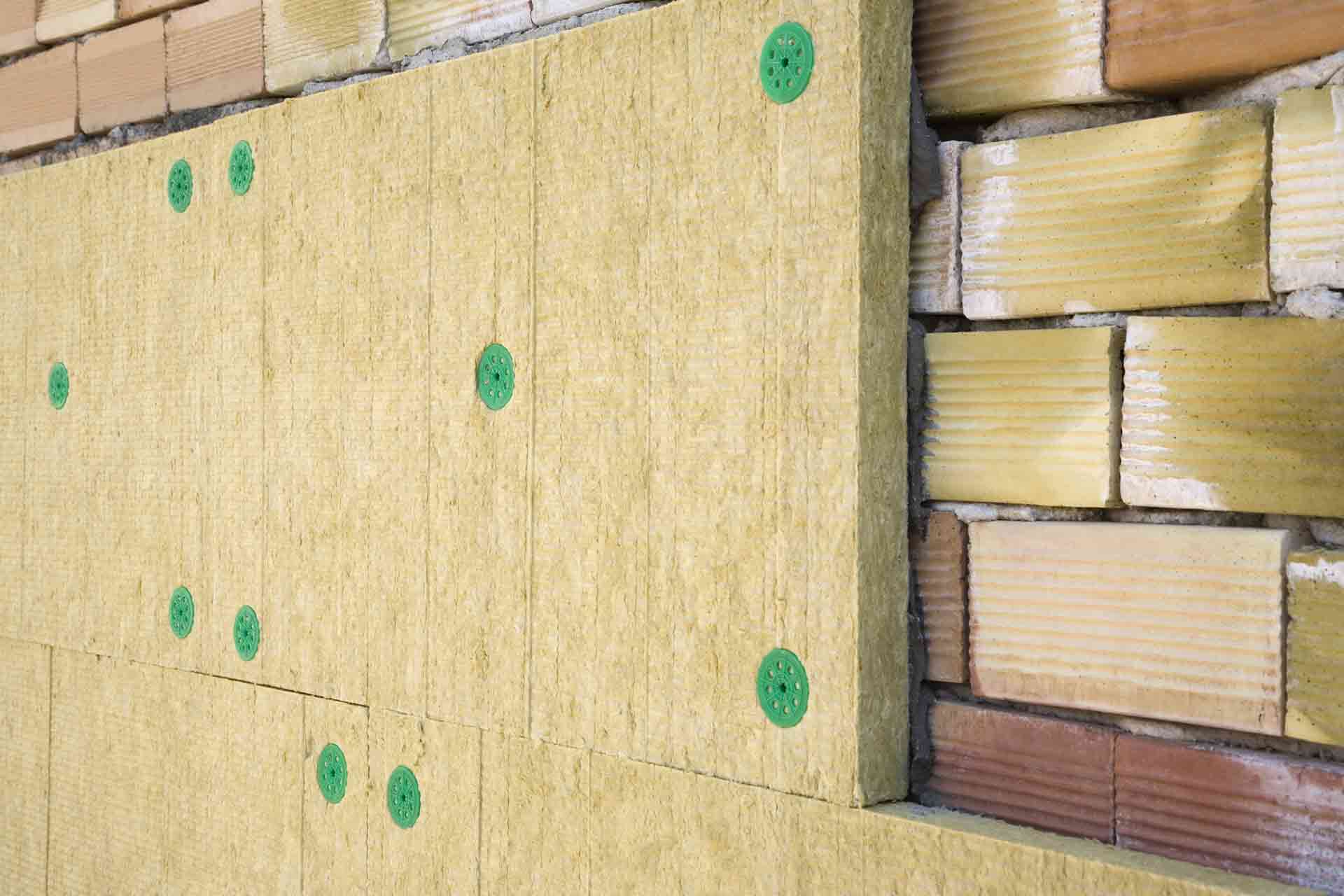
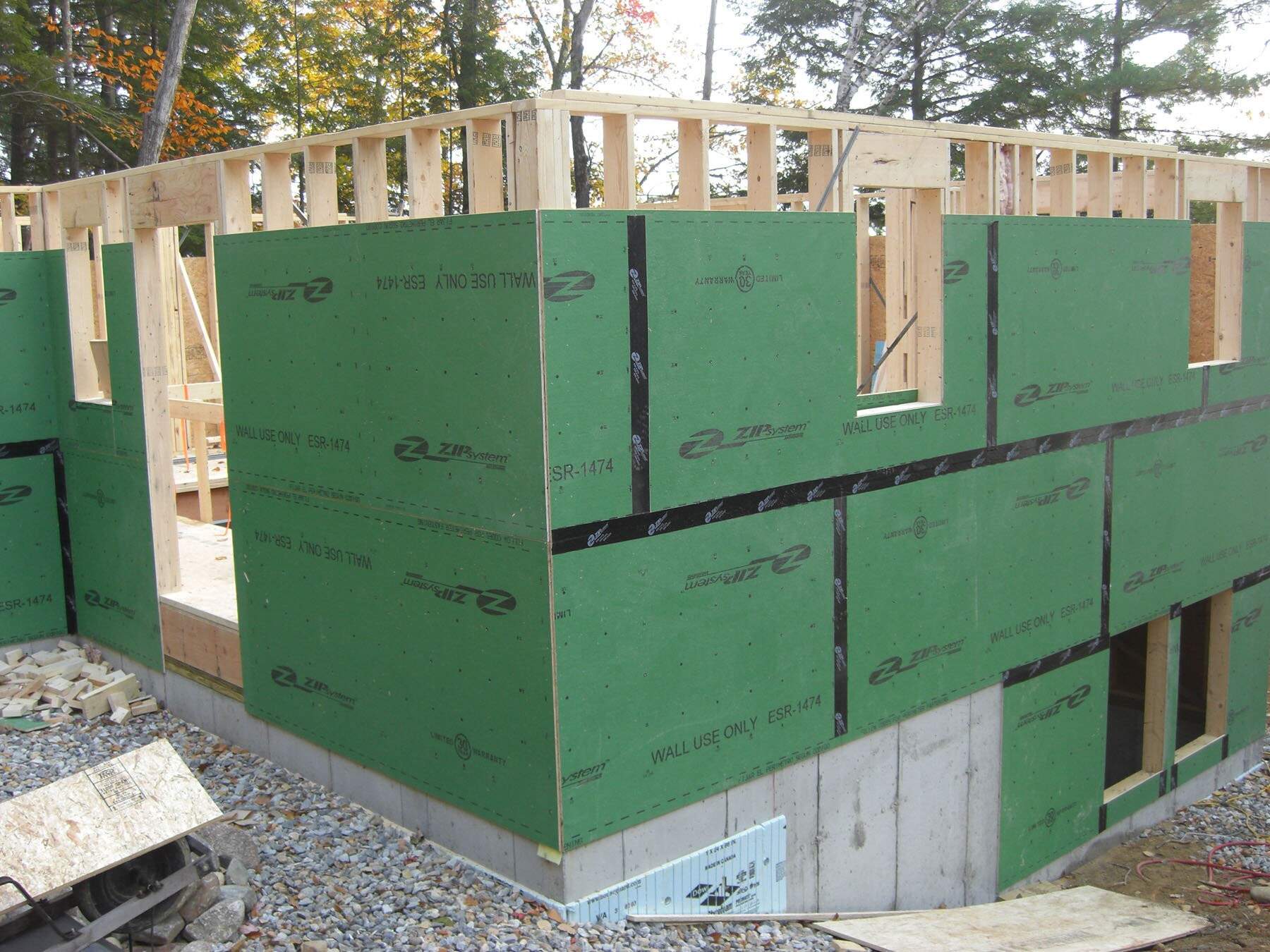
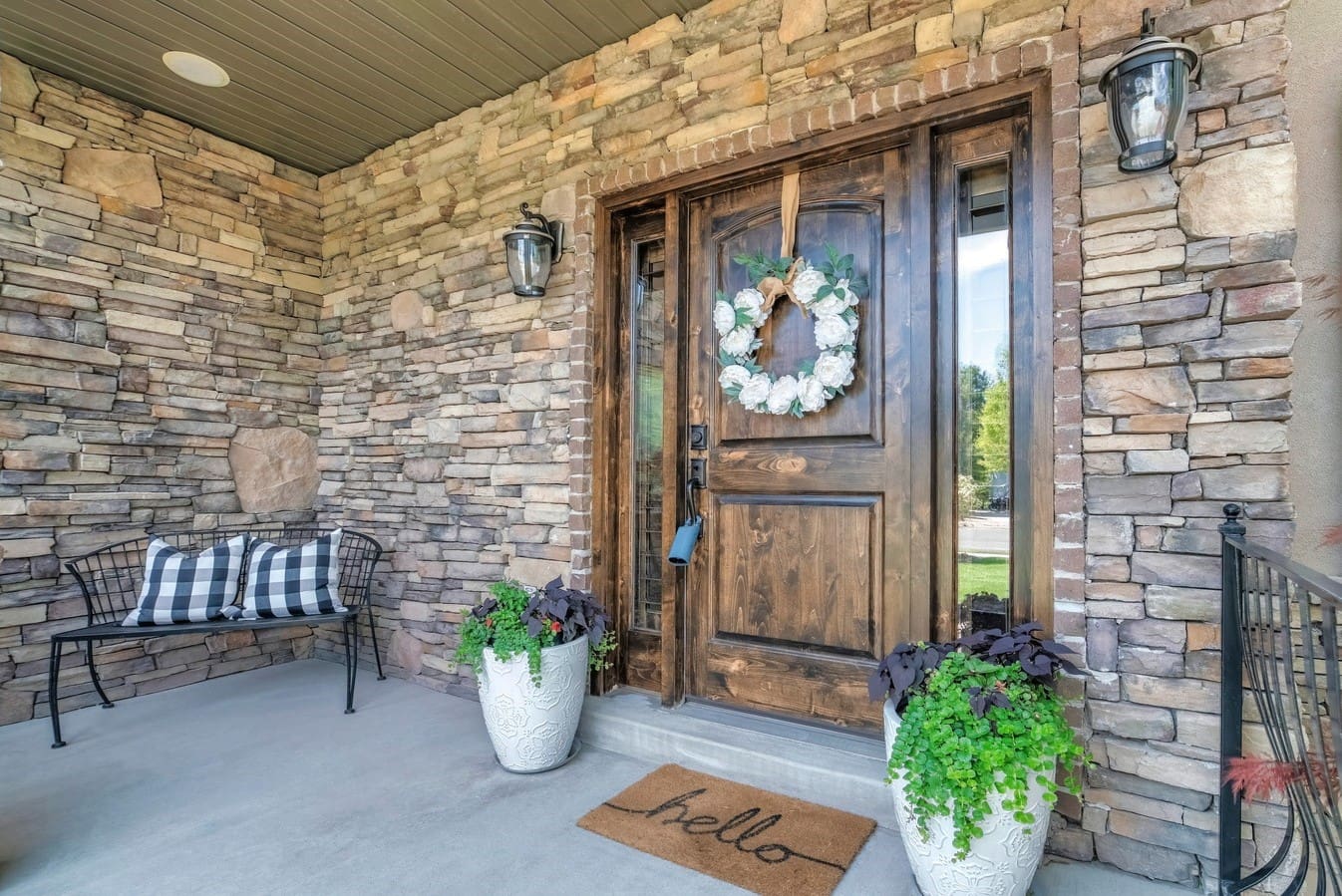
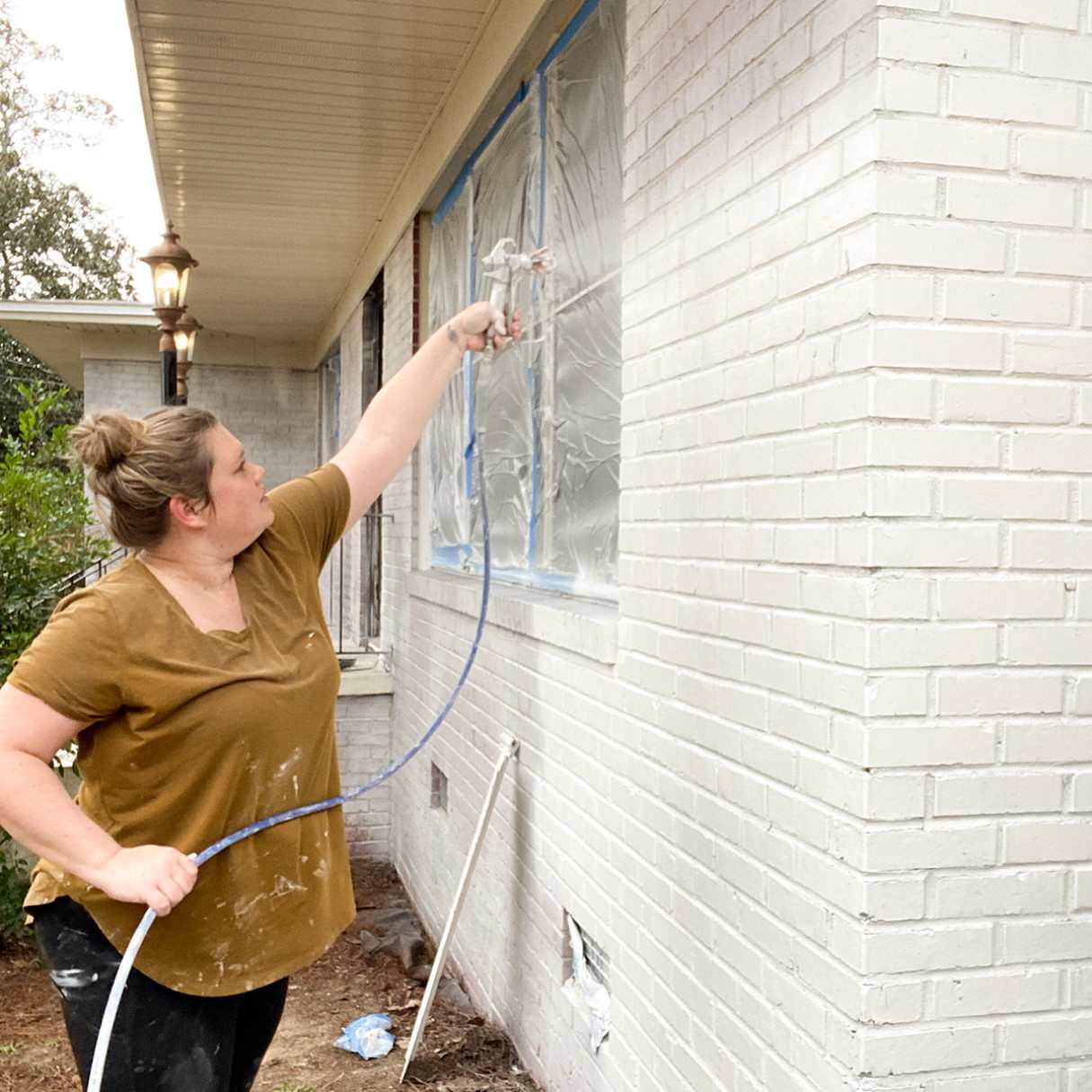
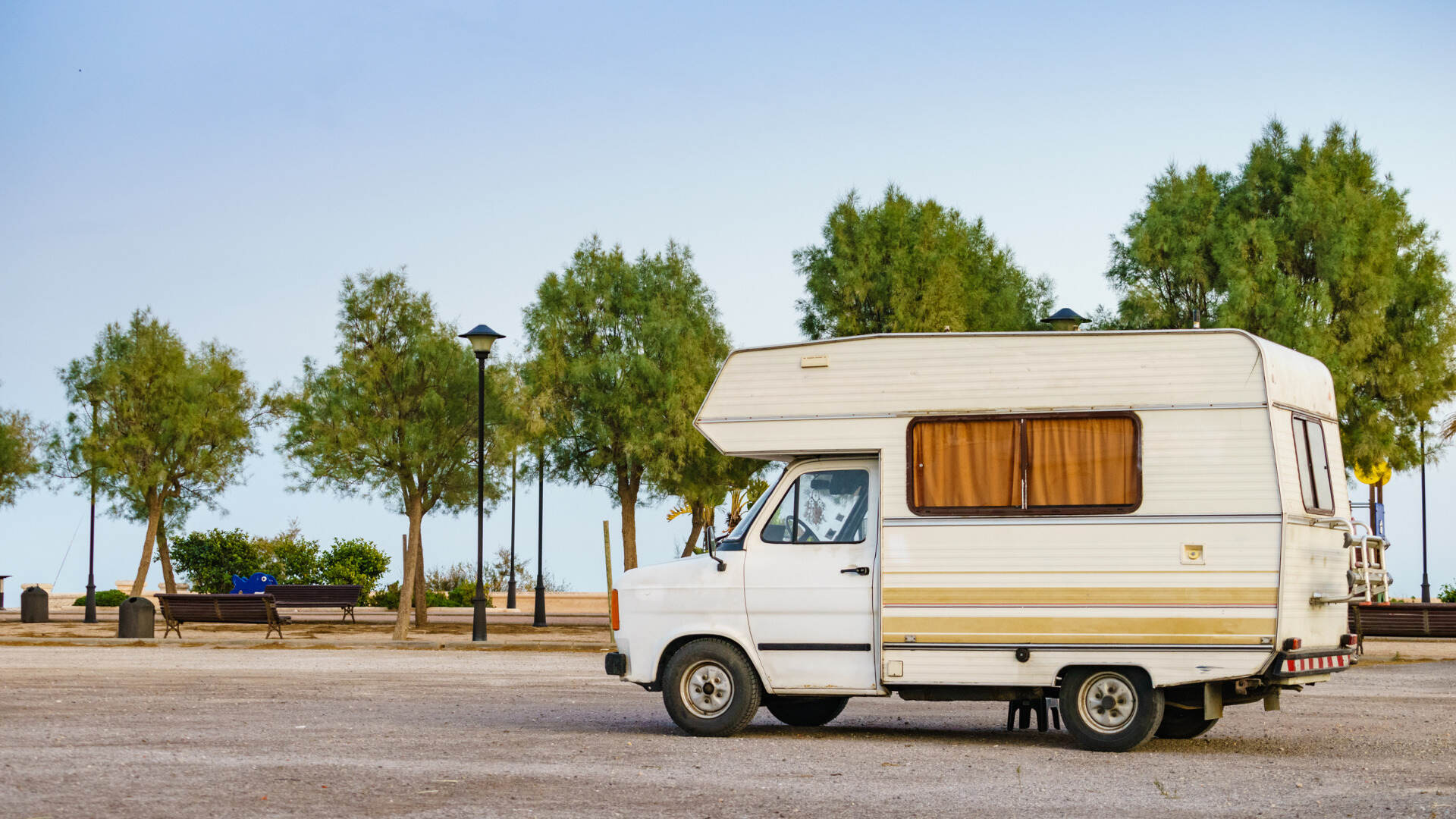
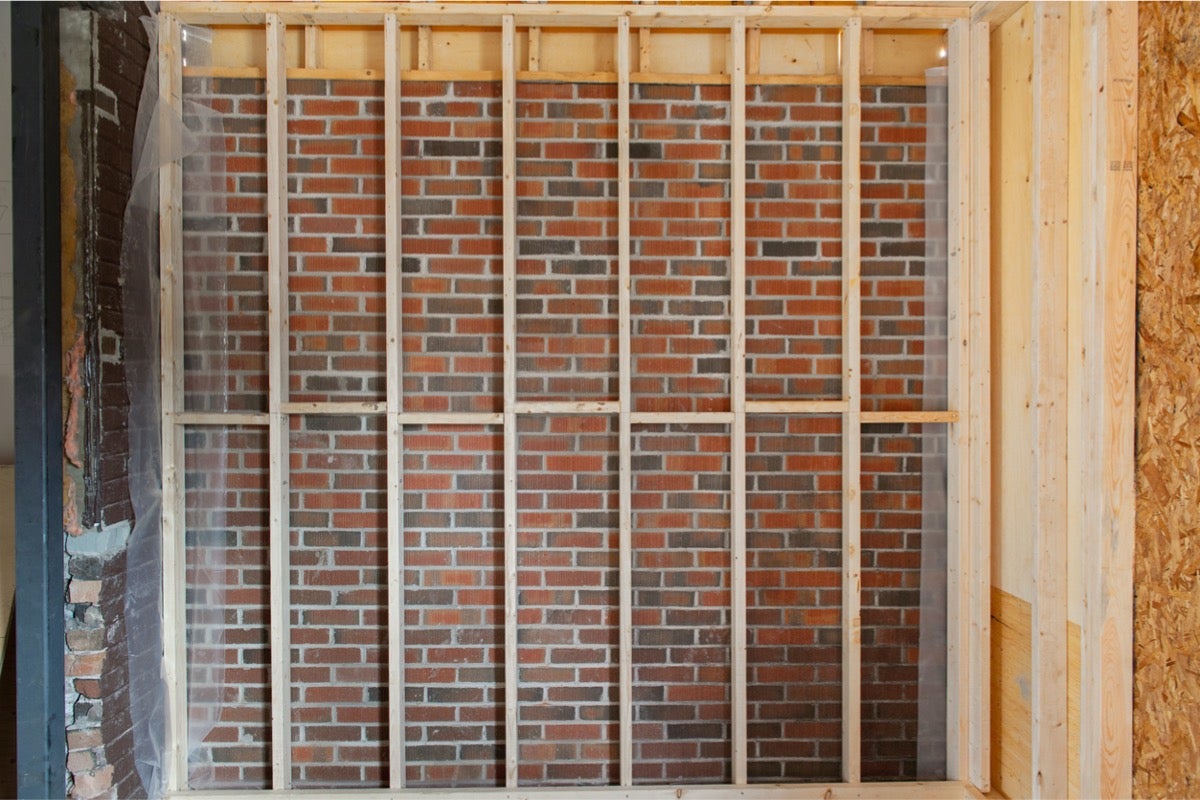
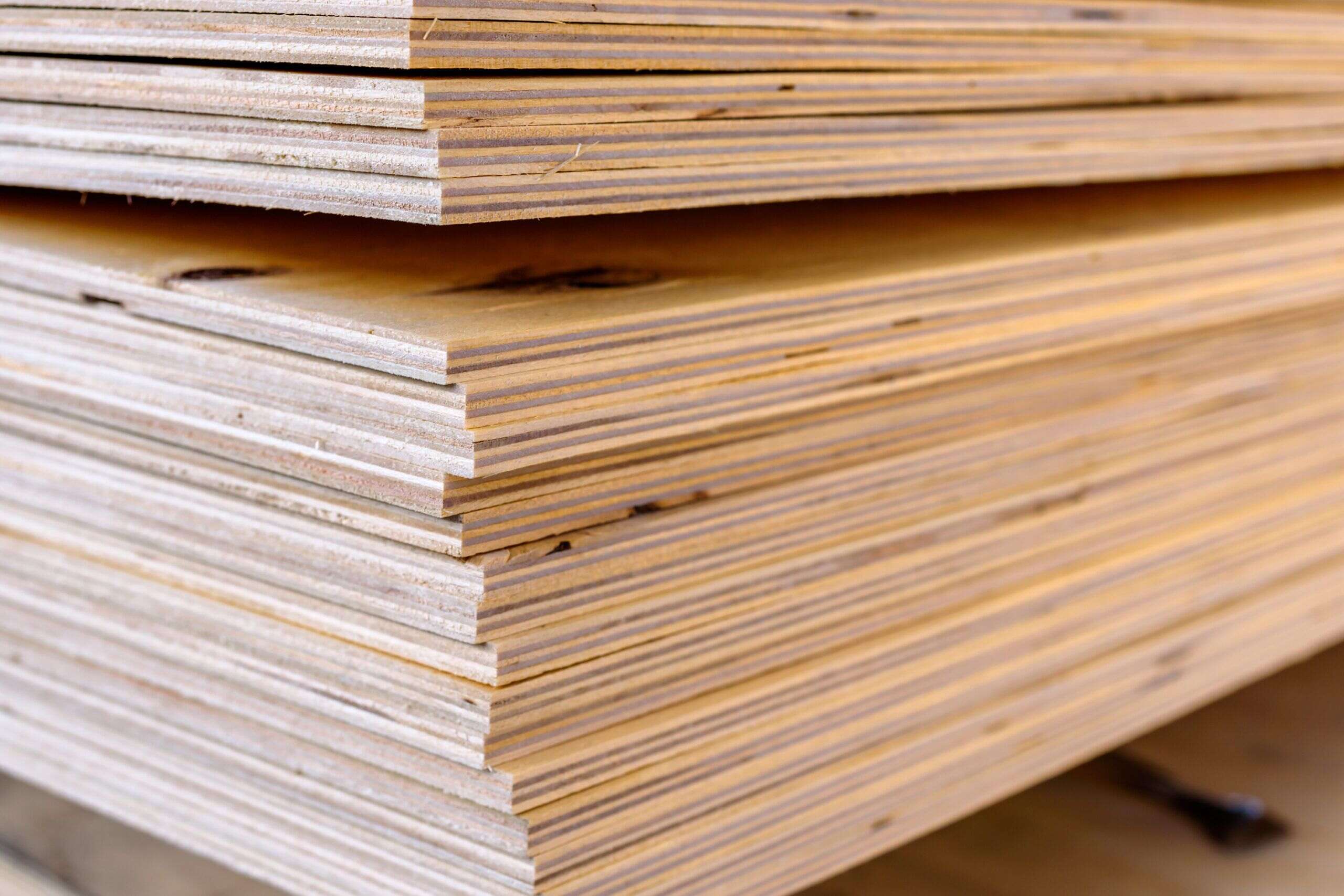
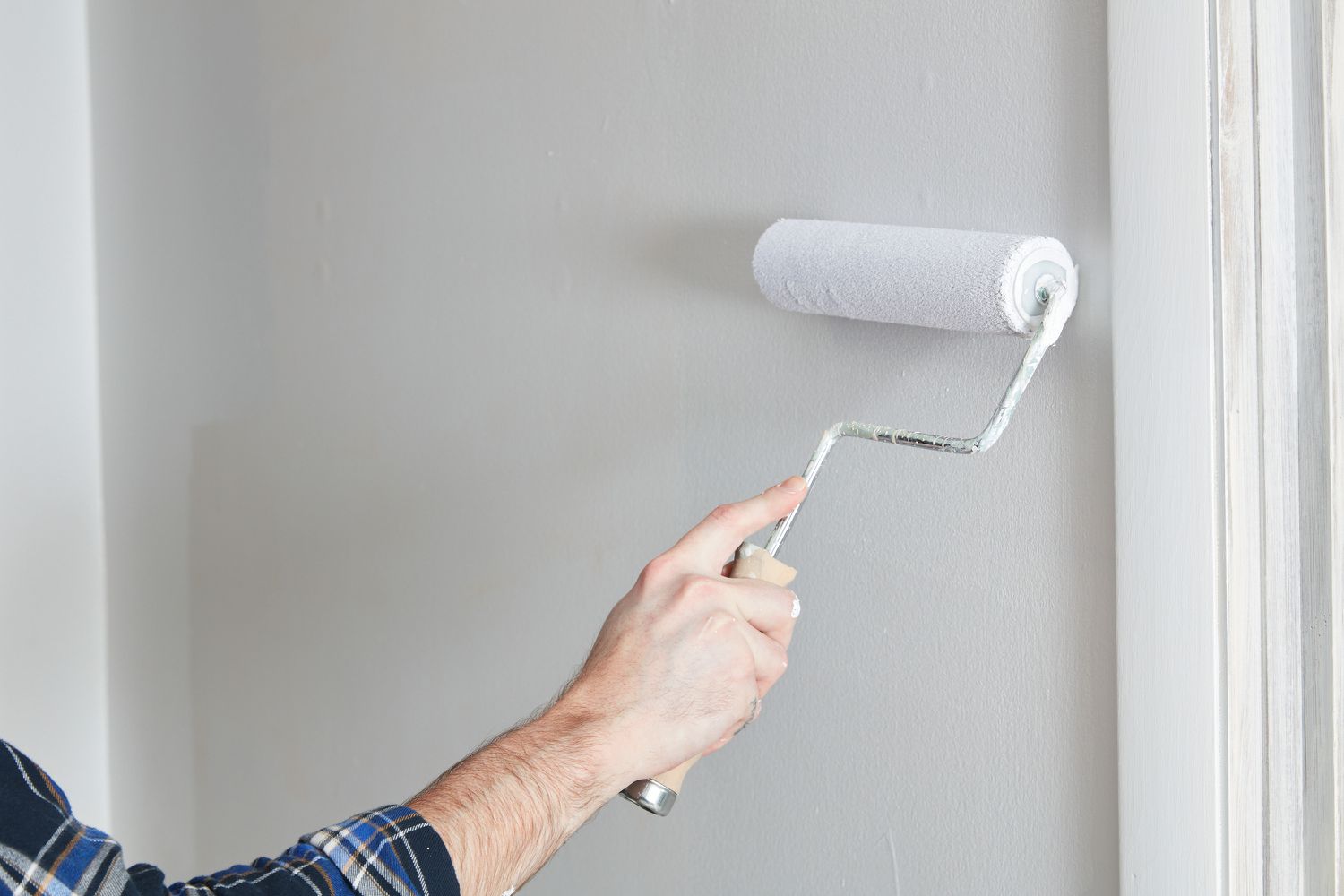
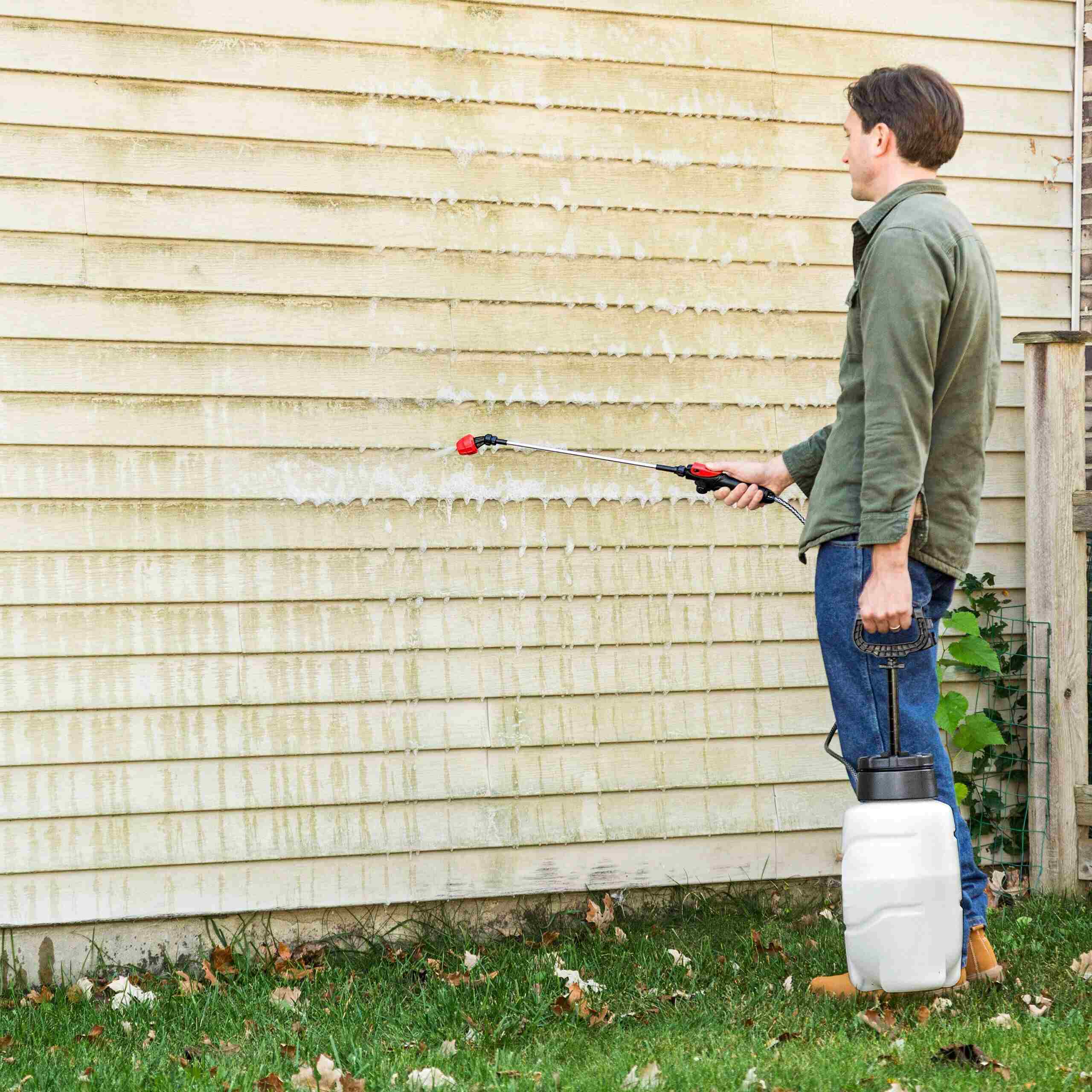

0 thoughts on “How To Clean Exterior Walls”